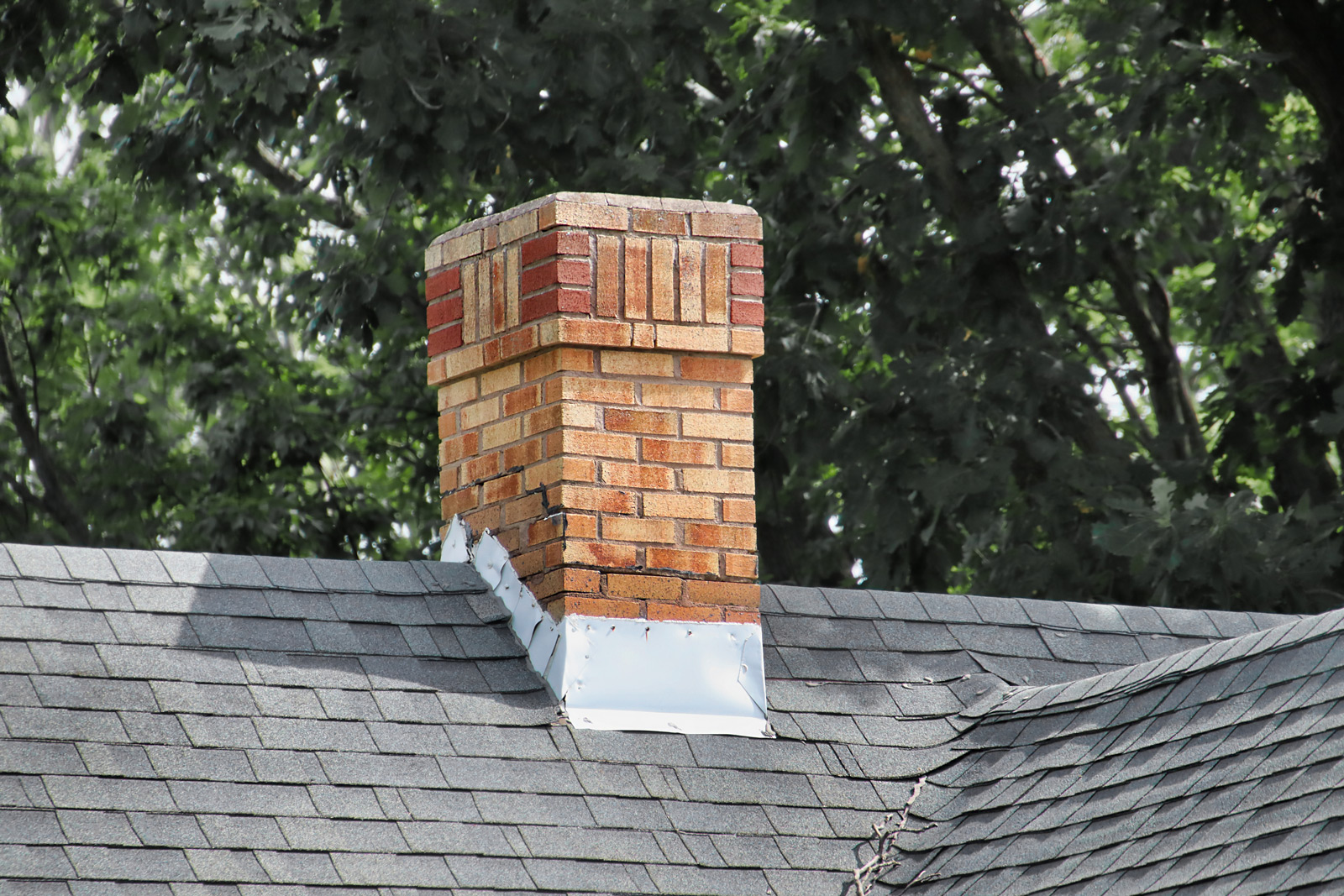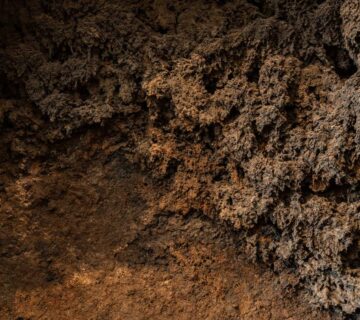Chimneys are often seen as little more than a means to vent smoke and gases, but they play a critical role in protecting your home’s interior. When chimney leaks develop due to damaged flashing, cracked mortar, or a faulty cap—water can infiltrate your roof, siding, and even interior living spaces. These leaks may seem minor initially, but over time they can lead to roof damage, mold growth, and major structural damage. Below, we’ll explore how this hidden threat unfolds, the warning signs to watch for, and the best ways to keep your home safe.
Why Chimney Leaks Are So Dangerous
Although a chimney’s primary function is to vent smoke safely, water intrusion disrupts that purpose entirely. Moisture can corrode metal components, cause wood framing to rot, and create the perfect environment for mold. Even worse, when water mixes with creosote (a flammable residue from burning wood), it can rapidly accelerate wear within the flue and raise the risk of a chimney fire.
According to the National Fire Protection Association (NFPA), an average of 17,600 residential chimney fires are reported annually in the U.S. Some estimates from other organizations place this number even higher, around 25,000. Regardless of the exact figure, the takeaway is clear: chimney fires often begin where structural flaws, creosote buildup, and water damage intersect.
Beyond fire risks, roof leaks from the chimney can seep into the attic and harm support beams, insulation, and drywall. Your home’s exterior is equally vulnerable: siding may warp, peel, or rot once water infiltrates behind the panels. Left unattended, these issues can escalate into expensive fixes or, in extreme cases, require substantial reconstruction.
Further Reading: Explore real-world examples in our Examples of Issues Gallery for a closer look at how chimney water damage manifests.
Spotting Early Warning Signs
Chimney leaks tend to lurk in hidden spaces: behind walls, underneath roof shingles, or within the masonry itself. By the time a homeowner notices something like brownish water stains on the ceiling or musty odors in the attic, the water may have been intruding for weeks or even months. Here are a few indicators that merit closer inspection:
Water Stains or Discoloration
Look for yellowish or brownish spots around the chimney, on ceilings, or on walls. These stains typically spread outward from the point of the leak, signaling moisture infiltration.
Mold and Mildew
A persistent damp smell or visible mold can develop where leaks remain undetected. Mold often thrives in dark, enclosed areas, so if you see it or smell it you could be dealing with a larger hidden problem.
Damaged Flashing or Mortar
Visually inspect the chimney’s flashing (the metal material connecting chimney and roof). Gaps, rust, or peeling edges indicate likely water intrusion. Also check for cracks in the mortar joints between bricks, as these can allow water to seep in.
Real-World Costs and Consequences
Below is a table summarizing typical issues associated with chimney leaks, alongside estimated repair or remediation costs. Actual expenses vary based on location, home size, and damage severity, but this provides a general sense of the financial impact:
| Issue | Estimated Repair Cost | Long-Term Damage if Ignored |
|---|---|---|
| Roof Damage (Leaks) | $500 – $5,000+ | Rotten rafters, mold in attic, compromised insulation |
| Siding Deterioration | $500 – $4,000+ | Warping, peeling, water infiltration behind panels |
| Mold Infestation | $1,000 – $5,000+ | Health hazards, can spread behind walls/floors |
| Chimney Structure Repairs | $300 – $1,500+ | Cracks worsen, possible partial or full rebuild |
Source for cost ranges: Home repair data from HomeAdvisor, Angi, and typical service provider quotes.
How Chimney Leaks Affect Roofs and Siding
When water seeps through compromised flashing or cracks around the chimney, it can saturate attic insulation, degrade wooden supports, and create pockets of trapped moisture. Over time, that moisture leads to damaged shingles, sagging roof decking, and potential structural weakening.
Your siding also faces the threat of water incursion. Once water gets behind the panels, it can warp materials like vinyl or wood, cause paint to blister or peel, and even undermine the sheathing below. Left unchecked, these problems can spread outward, ultimately affecting the rest of your home’s exterior.
The Mold Factor: Hidden Threat to Indoor Air Quality
Alongside the physical damage, mold poses a significant health risk. According to the Centers for Disease Control and Prevention (CDC), exposure to mold can exacerbate asthma, irritate the eyes and skin, and trigger allergic reactions. Once a colony takes root in hidden cavities or insulation, it can be difficult and costly to remove.
Water from chimney leaks often travels along unexpected paths, reaching dark, enclosed spaces. Mold then multiplies, fueled by the consistent moisture. Addressing the leak early is essential to contain any spread of these spores.
Preventing and Repairing Chimney Leaks
Fortunately, prompt and proper maintenance can help you avoid extensive repairs down the line. Here are the main steps professionals follow to fix and prevent chimney leaks:
- Inspection and Sealing: A certified technician checks for cracks, loose bricks, or deteriorated mortar, then applies specialized sealants or fresh mortar where necessary.
- Flashing Replacement: If flashing is rusted, warped, or otherwise damaged, it should be replaced with weather-resistant materials that fit tightly against the chimney.
- Chimney Cap Installation/Repair: A properly fitted cap prevents rain, snow, and debris from entering. Damaged caps should be fixed or replaced without delay.
- Waterproof Coatings: Masonry sealants can add an extra layer of protection, helping the chimney resist moisture penetration.
Safeguarding Your Home
Addressing chimney leaks proactively is one of the best ways to protect your home’s structural integrity, indoor air quality, and overall investment. Annual chimney inspections and sweeps help catch small problems before they turn into costly nightmares. Swift repair of cracked mortar joints or damaged flashing can head off further damage to your roof, siding, and interior. By acting promptly, you’ll save money, maintain a healthier environment, and keep your property’s value intact.
If you suspect a chimney leak or have noticed telltale signs like water stains, loose flashing, or mold near the fireplace request an appointment with Chimney & Dryer Vent Services, LLC. Our fully licensed, insured, and certified technicians adhere to NFPA standards to ensure high-quality workmanship every time.







